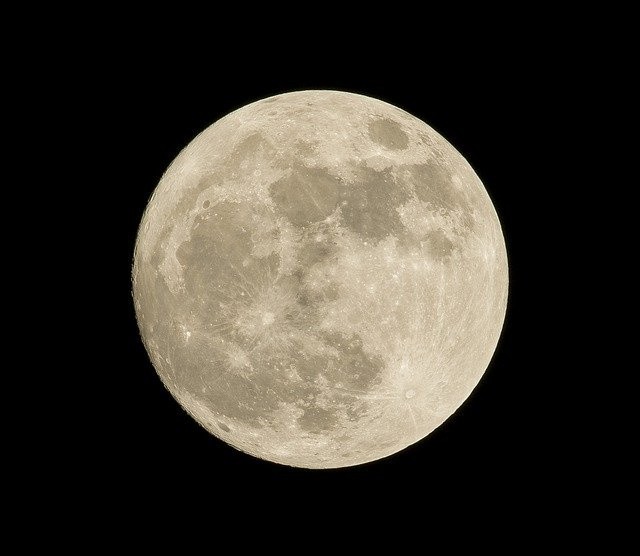The United States is taking its space activity to a new level as President Donald Trump signs the executive order that allows the US to conduct space activities, which include "Moon Mining." How can America benefit from this unique space project? The White House believes that the lunar ice and water resources that will be gathered can help the country establish a long-term human presence on the moon.
'Moon Mining is now official as US President signs executive order
According to a report on Space.com, President Donald Trump has signed the executive order (EO) for Moon Mining. The EO allows the US to gather resources outside the planet, explaining that the 1967 Outer Space Treaty enables the United States to exploit off-Earth resources.

This view has long been set aside by the US government and other major spacefaring nations by not signing the 1979 Moon Treaty. It states that an International Regulatory Framework must govern any non-scientific use of the resources outside our atmosphere. A new law was passed in 2015 that says US companies, as well as citizens, are allowed to own and sell resources that are gathered from celestial bodies such as the moon and asteroids.
"It sets up a firm foundation for the next phase of our business," said the President and Chief Engineer of Planetary Resources, Chris Lewicki, who is looking to mine metals and water from the asteroids orbiting near our planet.
Moon mining as a common global endeavor
The new executive order signed by PresidentTrump made it even more official. It stated that the United States of America sees a clear path to outer space mining, and that they believe that space exploration is a common global endeavor which doesn't need any further treaty-level agreements.
The executive order called "Encouraging International Support for the Recovery and Use of Space Resources" has been in effect for about a year as stated by a senior administration official in a previous teleconference call.
The order has also been created to allow the US to coordinate with international partners in helping NASA's Artemis program to further advance in lunar explorations. The goal of NASA's project is to deploy two astronauts in 2024 and also to establish a sustainable human presence in 2028 on and around the moon.
NASA officials have said that the presence of lunar resources on the shadowed part of the moon is plentiful. This knowledge is a critical factor to the project's success. NASA's Artemis is not designed to make the moon as its final destination; it was created to provide NASA needed information that can help in supporting astronauts on their long-stretched deep space explorations.
"As America prepares to return humans to the moon and journey on to Mars, this executive order establishes U.S. policy toward the recovery and use of space resources, such as water and certain minerals, in order to encourage the commercial development of space," said Deputy Assistant and Executive Secretary of the U.S. National Space Council, Scott Pace.
Also Read: First Supermoon in April 2020: See The Biggest and Brightest Pink Full Moon Happening on Apr. 7!
ⓒ 2025 TECHTIMES.com All rights reserved. Do not reproduce without permission.




